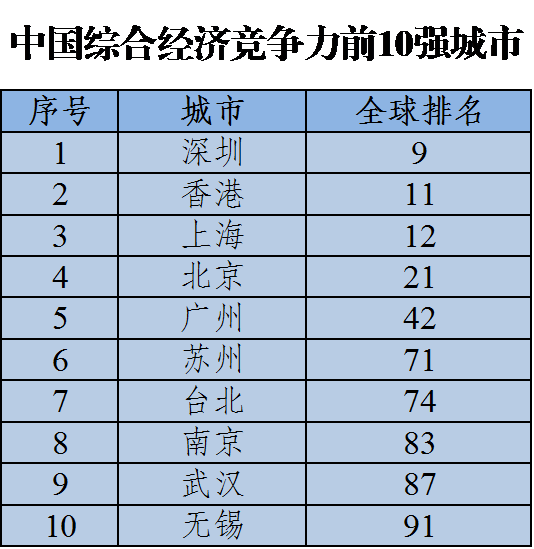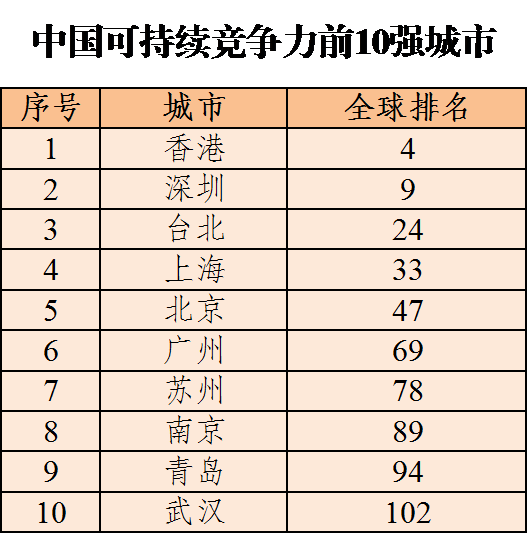On December 8, the Global Urban Competitiveness Report (2020-2021) was released and relevant international seminar was held online. The conference was co-organized by the Institute of Financial Strategy (the Chinese Academy of Social Sciences) and UN-Habitat. At the meeting, the “Global City Competitiveness Report 2020-2021: Global City Value Chain-A Perspective on the Time and Space Evolution of Human Civilization” (hereinafter referred to as the report) made its global debut.
Research shows that the global ranking of Chinese cities’ economic competitiveness has risen overall. The top 10 cities in China’s comprehensive economic competitiveness are Shenzhen, Hong Kong, Shanghai, Beijing, Guangzhou, Suzhou, Taipei, Nanjing, Wuhan and Wuxi. Nanjing ranks 6th among mainland cities in China, remaining the same as last year. In general, the global ranking of China’s urban economic competitiveness in 2020-2021 has a large jump compared to 2015, with an overall increase of 6.5 spots.
Among them, Nanjing outperformed in terms of local factors, business soft environment and global connection, ranking among the top 50 globally.

The overall sustainable competitiveness of Chinese cities is lower than the world average, but the top cities are on the rise. The top 10 in China are Hong Kong, Shenzhen, Taipei, Shanghai, Beijing, Guangzhou, Suzhou, Nanjing, Qingdao and Wuhan. Nanjing ranks 6th among mainland cities, remaining the same as in 2019.
Among them, Nanjing ranks among the top 50 in the world in economic vitality.

In addition, the annual theme report, for the first time, attempts to measure the implementation of the UN Sustainable Development Goals (SDGs) and the Sustainable Cities and Communities Goals (SDG11) from the perspective of sustainable urban competitiveness, conducting a full sample assessment on cities with a population of more than 500,000.
Research on SDG11 found that China’s overall level is higher than the international average. The average score is 0.695, slightly higher than the international average. China’s leading cities in SDG11 include Qingdao, Dalian, Chengdu, Chongqing, Guangzhou, Zhengzhou, Hangzhou, Nanjing, Wuxi, Hefei, etc.
This report is the sixth in the series. Using the indicators system and objective data, the report evaluated in detail 1,006 global cities. It measures the global urban competitiveness development pattern as a whole, and discusses important theoretical and practical issues in global urban development, making it an important decision-making and research reference for global city government departments, domestic and foreign enterprises, relevant research institutions, and the public.




